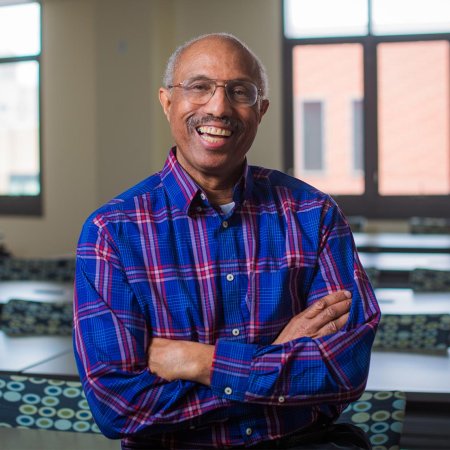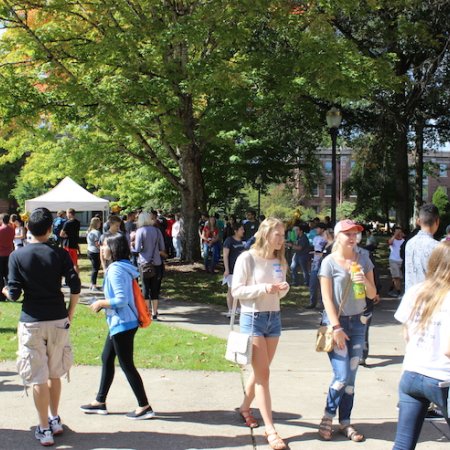Biophysicist Gaudenz Danuser will present the 38th annual Yunker Lecture, “Cell Shapes Keep Cells in Shape,” focused on the interplay between cell shape and molecular action that governs function, particularly in cancer cells.
Taking place Monday, Oct. 9 in the Memorial Union Horizon Room at Oregon State University’s Corvallis campus, the lecture will begin at 5 p.m. with a light reception beforehand at 4 p.m.
The talk explores the paradigm of “form follows function.”
“It explains why giraffes have long necks, bird and airplane wings are airfoil-shaped, the fronts of bullet trains are tapered, and syringes are pointed,” said Danuser, chair of the Lyda Hill Department of Bioinformatics and the director of the Cecil H. and Ida Green Center for Systems Biology at UT Southwestern Medical Center.
But Danuser’s research indicates function follows form in the case of cells, reversing the known paradigm. Shape controls the physical and chemical processes that must occur for a cell to do what it needs to do and Danuser is especially interested in this paradigm reversal as it pertains to cancer. Cancer cells control, through shape, how they survive, proliferate and metabolize in hostile environments, making their shape imperative to further understanding them.
Making discoveries by computer vision of molecular and cellular mechanisms inaccessible through human observation steers Danuser’s research. He and his colleagues have contributed models of cell migration, cell division, molecular trafficking, and chemical signaling to the field of cell biology. In his talk, he will share how his most recent work leverages these models to understand the mechanisms of cancer cell adaptation.
Beginning his academic career as a master’s student in geodynamics at ETH Zurich, Switzerland, Danuser wrote one of the first software packages for earthquake prediction from differential GPS measurements of tectonic movements. Later, after a brief period in industry, he earned his Ph.D. in electrical engineering and computer science, also from ETH Zurich, and worked on developing a computer vision system to control the action of a nanorobot. It was through this work that he became interested in theoretical principles of resolution in light microscopy.
During an inspiring visit to the Marine Biological Laboratory in Woods Hole, MA, Danuser learned about the Green Fluorescent Protein and the opportunities the cloning of this molecule lent to the visualization of proteins in living cells. He realized the transformative potential such experiments would offer to cell biologists, but also the enormous data analysis challenges this technology would bring upon the life science community. Shortly thereafter he began work on the application of computer vision to live cell movies.
Before moving to Dallas where he currently holds the Patrick E. Haggerty Distinguished Chair in Basic Biomedical Science at UT Southwestern Medical Center and is a Scholar of the Cancer Prevention and Research Institute of Texas, he held faculty positions at ETH Zurich, The Scripps Research Institute in La Jolla, CA and Harvard Medical School.
With a longstanding tradition since 1985, the Department of Physics Yunker Lecture was established in honor of Edwin Yunker, an Oregon State University physics professor (1925-68) and department chair (1949-66), by his wife, Gertrude and sustained by other family members through the years to ensure outstanding physicists presented lectures on specific areas of expertise for a general audience.
Learn more about cutting-edge physics research and education at Oregon State.




